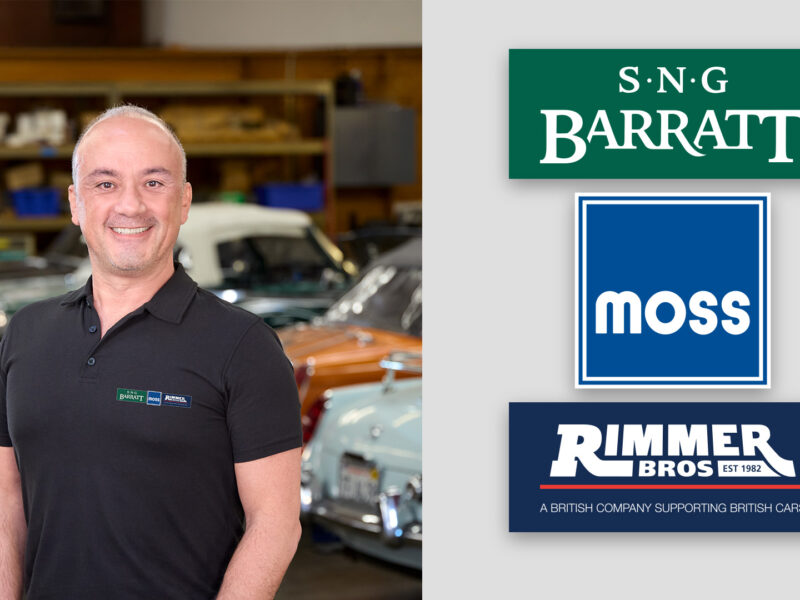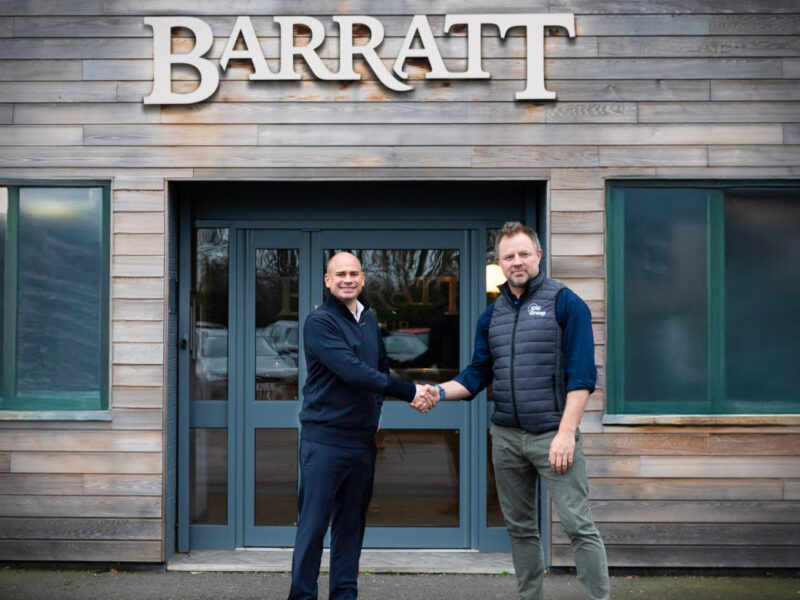As I spent so many years playing with Sprites, folks think I have something against the “Big” Healey, but in reality, nothing could be further from the truth. I started motorsport around the time of the Healey 100’s introduction, and as many of the enthusiasts of the day, coveted one of these great-looking sports cars. Naturally, I couldn’t afford one, and probably couldn’t have even paid for the insurance, but the great thing about being an enthusiast is that one can always dream.
The 100S in particular was the one I would really have liked, but I followed one around on one of the National British Rallies (I was in a TR2), and all I could see were the sparks flying off the very low-slung exhaust system. As I was very into rallying, this put any thoughts of getting one for competition right out of the frame. A couple of years later, I was fortunate enough to be picked for the Abingdon works rally team, and had a couple of seasons of competing in international rallies driving several of the wide range of cars produced by BMC. I was continually fascinated by the attempts of Marcus Chambers, the competitions manager, and Doug Witts, the workshop foreman, to develop the 100-6 into a rally car. Nothing could stop them from being low-slung, and it took several years of perseverance and incredible strengthening before the 3000 finally became the feared and successful competition car of the ’60s.
In 1958, the year of our debut success with the trio of Sprites on the famous French Alpine Rally, Scotsmen Bill Shepherd and John Williamson managed a penalty-free run with the 100-6, to win a rare and coveted Coupe des Alpes (Alpine Cups). To show just how difficult it was to win a Coupe, the set times for each class over the very rough and tough roads of the French Alps were reduced each year to the fastest time achieved by any competitor in the previous event. Talk about a moving target! Some of the classic stages, such as the “Quatre Chemins” (four corners), which is still regularly used on Monte Carlo and other big rallies, were considered quite impossible to drive within the set times.
Yet each year, a few brave crews managed the task, only to find yet another few seconds trimmed off the set time. One year only did the Healey team, led by Donald and Eric Morley, manage this feat, and was the only car to gain a Coupe. Additionally, for us “littleuns,” our times had to be within 10% of the fastest car on every stage, as well as staying penalty-free for the three days and nights of intensive driving. When you put a Sprite up against the Porsche, Ferrari, Alfa Zagato, and Mercedes teams, this was obviously not possible, so the small cars just didn’t win many Coupes.
If you managed this rare feat three years in a row, you were awarded a Gold Cup, and only two drivers ever achieved that—Stirling Moss with the Sunbeam team, and Ian Appleyard with his famous Jaguar XK120. To my mind, Stirling was probably the finest all-round competition driver of all time. He could win in Grand Prix cars, in long distance sports cars, in sprint races with GTs, or in the totally different world of international rallying, even placing second overall in the icy challenge of the Monte Carlo Rally.
Back to the Alpine Rally where the Morley twins were going to be the third crew to achieve this pinnacle of motoring awards: their Healey was again without penalty on the final afternoon of the event on the run into the Marseilles finish, when on the start line of the climb of the Col D’Alios their differential gave way. Someone’s incredibly stupid decision had fitted their Healey with an unproven limited slip differential, breaking the golden rule of competition preparation, and this untested unit, not surprisingly, let them down.
I had three outings in these full-specification Healeys, two in British rallies with an ex-works car loaned to me by team driver David Seigle Morris, and the third in a similar car on the Greek Acropolis Rally with Bobby Parkes. Bobby, who ran a company making Don brake linings, owned his own ex-factory 3000. I remember the rally in Wales as being particularly hairy in that you could visit controls either the direct way, or else via a longer route for bonus points—a cunning way to get around the Royal Automobile Club’s strict maximum average speed rules. I do recall averaging just over 70 miles an hour around one of the big Welsh lakes on fairly narrow country lanes, which must have been quite exciting for the poor co-driver. The works’ cars were a delight to drive, with handling that encouraged lots of full throttle and opposite lock in order to get around the corners. Almost Sprite-like, in fact, but with about four times the power!
In Greece, Peter Riley in a BMC team car and Bobby and I battled throughout until the final stage of the rally, when we still had a few seconds to make up. Using more of the road than I would normally deem prudent, I was unfortunate enough to collect a rock hidden in the grass verge, which sheared off the disc brake, and that was that. Peter came second overall and won the GT category, which made our effort just another “might-have-been.” In those days, team drivers were often sold their cars at the end of the season at very advantageous prices, and many were brought to my dealership for public sale so that the drivers could recoup what was considered as their bonus.
When I think now of how cheaply these magnificent Healeys could be bought, it just makes me cringe, but back then, not many people wanted to buy a car that had spent a couple of seasons being rallied over those nasty, rough roads. Nowadays, those same cars are valued in the six-figure range, and represent some of the finest examples of the brilliant minds of Donald and Geoff Healey and the incredible development programs of Abingdon’s devoted team mechanics.







'Sprinzel Speaking' has no comments
Be the first to comment this post!